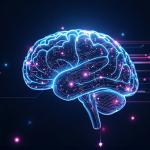I. Buckle Up! A Quick Hello to Billions of Years (and a Few Million Humans)
Ever felt a strange kinship with a long-dead pharaoh or a distant ancestor who painted bison on a cave wall? It's a tantalizing thought, isn't it? How *did* we get here? Not just you and me, sipping our coffee and pondering existence, but *us* – the collective we of humanity? It's a story that sprawls across millennia, a narrative richer and more complex than any fictional epic. Prepare for a journey beyond your wildest imaginings, one filled with astonishing innovations, devastating setbacks, and a cast of characters who, despite their differences, are all undeniably *us*.
We're about to embark on a whirlwind tour through the entire human experience, from the first tentative steps of our hominin relatives to our current age of smartphones and space probes. Forget the dusty tomes of your school days. This is a high-octane highlights reel of humanity's greatest triumphs (and, let's be honest, some spectacular blunders).
Consider this a roadmap. We'll dive into prehistoric caves lit by flickering firelight, march alongside the legions of ancient empires, unravel the enigmas of the medieval world, ignite revolutionary fervor, and even dare to peek into the future of how we dissect and understand it all. Fasten your seatbelts; it's going to be a bumpy, but breathtaking, ride.
II. Chapter 1: Where It All Began - Our Wild Prehistoric Party
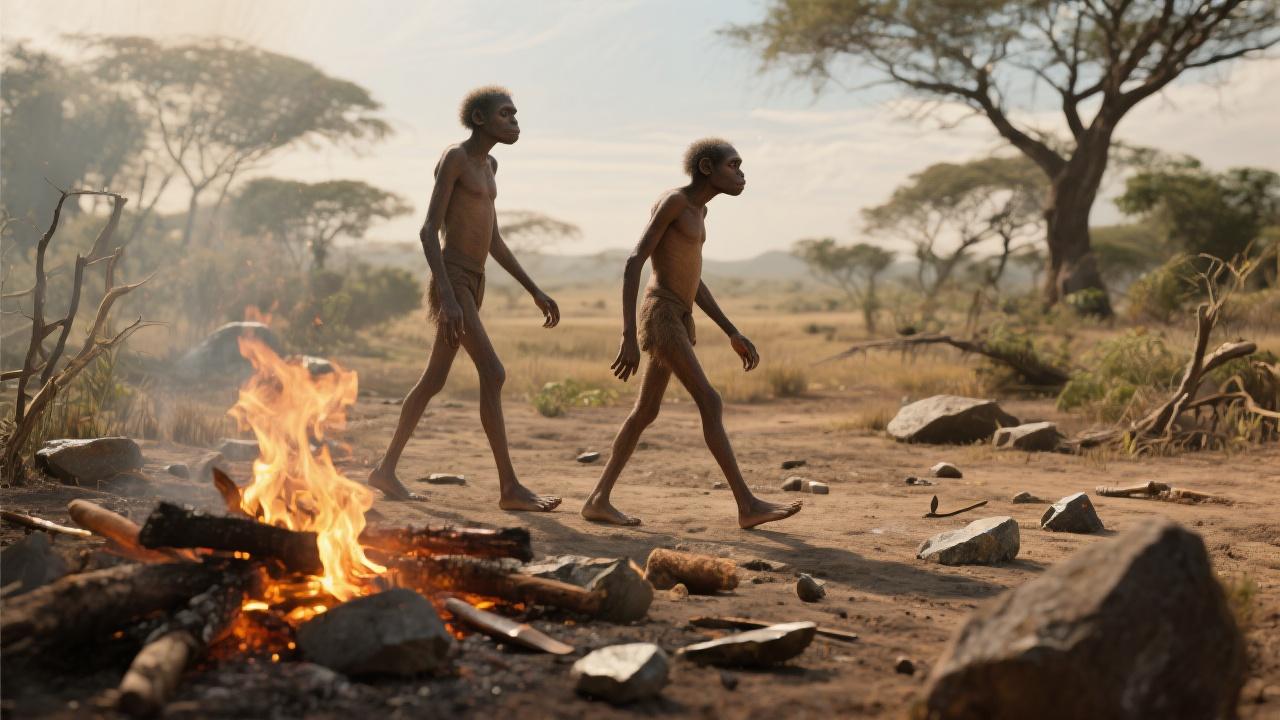
The Dawn of Humanity (and Homo Sapiens' Grand Entrance):
Imagine Africa, millions of years ago. The landscape teems with life, and amidst it all, our ancient relatives begin to stand a little taller, walk a little straighter. Bipedalism. It seems almost insignificant, doesn't it? But this simple act, this shift in posture, set in motion a chain of events that would ultimately lead to us.
Then, around 300,000 years ago, *Homo sapiens* struts onto the stage. We arrive, not with a bang, but with a murmur, a potential that would slowly unfold over eons.
Consider the pivotal technological advancements of this primordial era: fire, yielding both warmth and allowing the cooking of food, enhancing its digestibility and nutritional value; rudimentary tools, painstakingly crafted from stone, each chip and flake a testament to ingenuity; and finally, the miracle of language, the ability to share ideas, plan hunts, and weave the very fabric of culture. We were, even then, creatures of innovation.
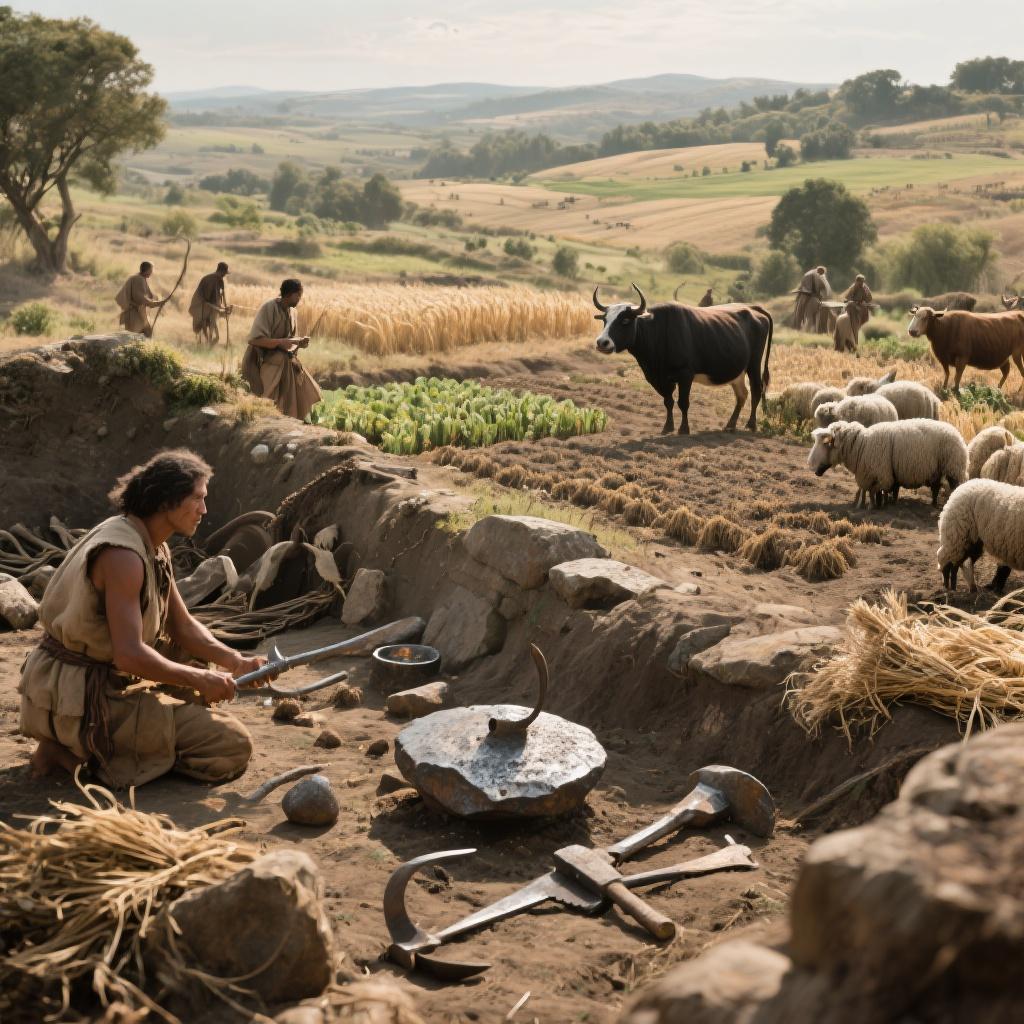
The Original Housewarming Party: The Neolithic Revolution:
For millennia, we roamed, hunting and gathering, living in harmony (and sometimes in conflict) with the rhythms of nature. But then came a profound shift: the Neolithic Revolution. We transitioned from nomadic hunter-gatherers to settled farmers, trading the uncertainties of foraging for the (relative) security of agriculture.
The domestication of plants and animals – cows, wheat, sheep – marks a turning point. We begin to shape the world around us, to mold it to our needs. This is the original farm-to-table movement, a revolution in sustenance that would allow for larger populations and more complex societies.
And who can forget the relentless march of metallurgy? Stone gives way to bronze, bronze to iron. Each new metal brings with it new possibilities, new tools for creation and, inevitably, for destruction.
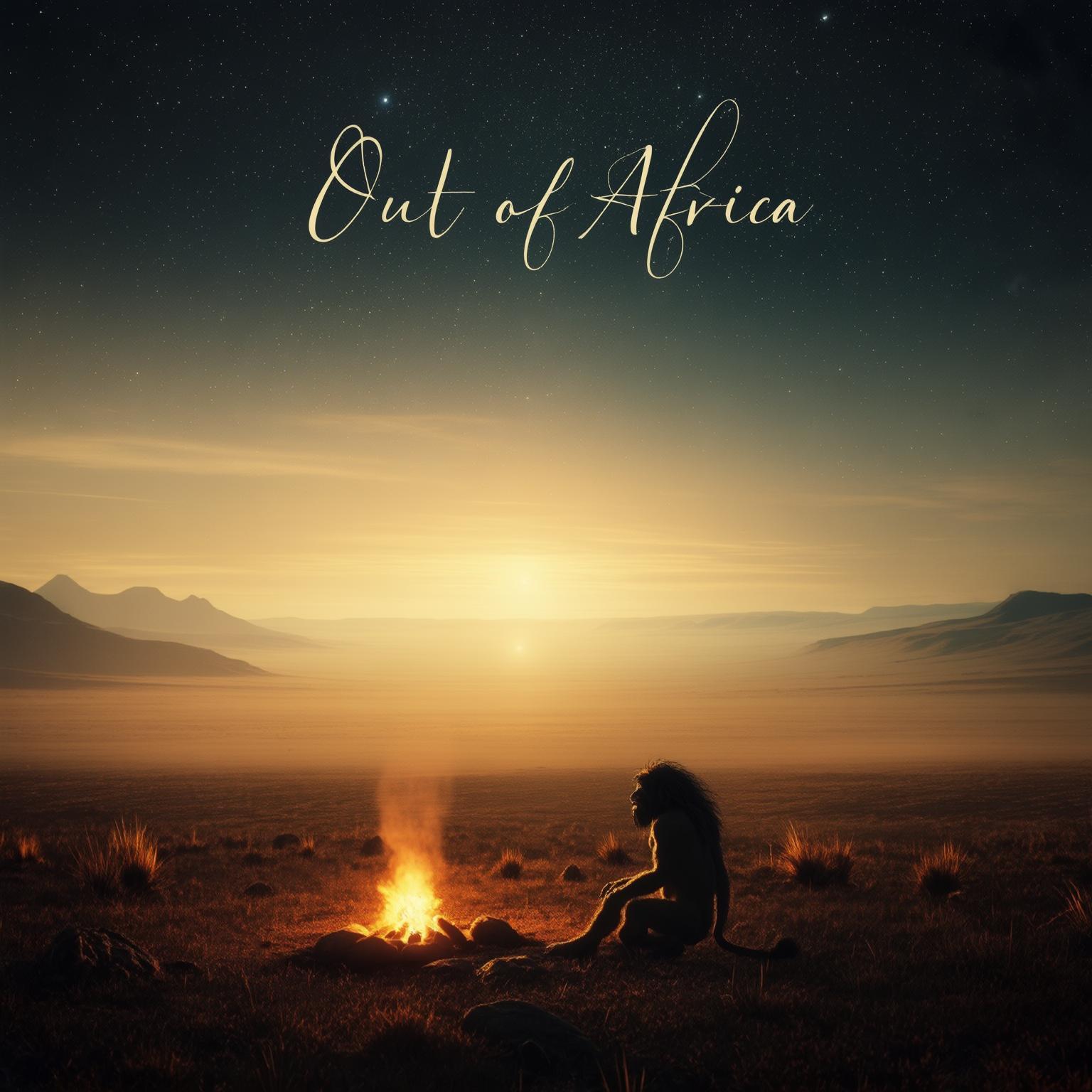
The First Global Journeys: Our Ancestors Were Serious Travelers!
The Out of Africa theory posits a genesis in Africa, but that was merely the prologue. Our ancestors were intrepid explorers, driven by curiosity, necessity, or perhaps just the innate human urge to see what lies beyond the horizon. They populated Australia, Europe, and the Americas, navigating treacherous terrains and adapting to wildly different climates. Imagine the epic road trips of antiquity, but replace the SUVs with foot power, the gas stations with watering holes, and the Wi-Fi with the crackling of a campfire under a star-strewn sky.

III. Chapter 2: Kings, Pyramids, and Printing Presses - The Rise and Fall (and Rise Again)
When Writing Changed Everything: The Birth of Civilization:
Civilization. What a loaded word! But its emergence is inextricably linked to a single, transformative innovation: writing. Early civilizations blossomed along fertile river valleys – Mesopotamia, Egypt, the Indus Valley, China – drawn to the life-giving waters that sustained agriculture and facilitated trade.
Writing evolved from simple record-keeping – tracking grain stores, for instance – to complex systems capable of capturing epic poems, legal codes, and scientific observations. It allowed us to transcend the limitations of memory, to transmit knowledge across generations, and to build upon the accumulated wisdom of the past. And let's not forget the wheel, that deceptively simple invention that revolutionized transportation and productivity.
The OG Influencers: Classical Civilizations (Greece & Rome):
Greece and Rome. Their names resonate through the corridors of history, evoking images of philosophers, emperors, and sprawling empires.
Greece gifted the world democracy, philosophy (Socrates, Plato, Aristotle, pondering the nature of reality long before Twitter existed), mathematics, drama, and the Olympic Games – a celebration of human potential in all its forms.
Rome, with its genius for law, architecture, and engineering, forged an empire that spanned continents. Roman roads, a testament to their ambition and organizational prowess, connected far-flung corners of their domain. And, of course, there's the rise and spread of Christianity, a spiritual force that would shape the course of Western civilization.
The Middle Child of History: The Middle Ages:
The Middle Ages, often relegated to a historical middle child, witnessed the fragmentation of the Roman Empire and the slow, painstaking rebuilding of Europe.
But this era was far from stagnant. The rise of Islam, the reign of Charlemagne, and the Viking incursions all added vibrant threads to the tapestry of the time. The Crusades, with their complex motivations and devastating consequences, left an indelible mark on relations between East and West. The Magna Carta, a landmark document that sought to limit the power of the monarchy, sowed the seeds of constitutionalism. And then, the Black Death, a catastrophic pandemic that reshaped European society.
But perhaps the most transformative invention of the era was the printing press. Suddenly, knowledge became more accessible, ideas could spread more rapidly, and the world began to shrink.
Hello, Modern World! The Early Modern Era:
The Renaissance, a rebirth of art, science, and classical learning, ushered in a new era of intellectual and artistic ferment. Think of Da Vinci, Michelangelo – true polymaths who embodied the spirit of the age.
The Age of Discovery, fueled by explorers like Columbus, shattered geographical boundaries and connected disparate parts of the globe. The Reformation, sparked by Martin Luther's challenge to the Catholic Church, unleashed religious and political upheaval. The Scientific Revolution, with figures like Copernicus, Galileo, and Newton, revolutionized our understanding of the universe. And amidst all this, nation-states began to coalesce, replacing the fragmented feudal order of the Middle Ages.
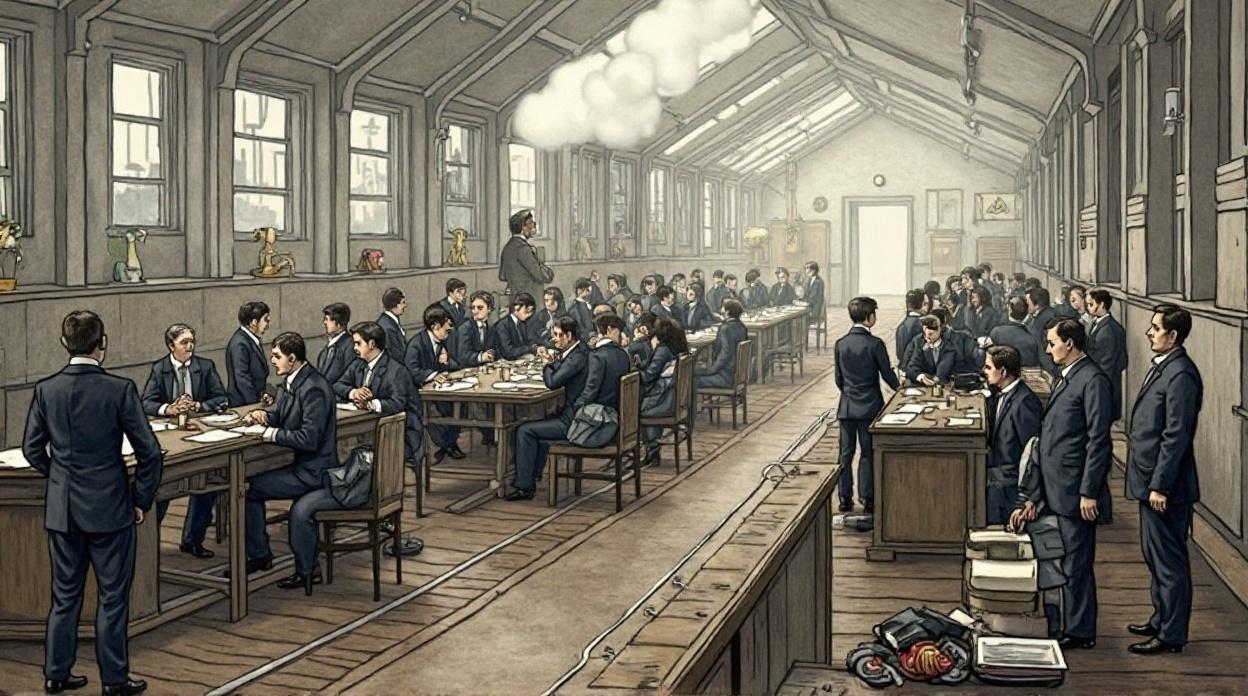
IV. Chapter 3: The Age of Machines, Wars, and the Internet - Where We Are Now
The Machine Age: Industrial Revolution:
The Industrial Revolution, a period of unprecedented technological innovation, transformed the world in ways both profound and unsettling. Steam power, factories, mass production – these became the hallmarks of a new age. From handmade to machine-made, production accelerated exponentially, leading to an explosion of goods and services. Cities swelled as people flocked to urban centers in search of work, creating new social and economic challenges.
Revolutions, Wars, and Global Shifts:
The American and French Revolutions, fueled by Enlightenment ideals of liberty, equality, and fraternity, shook the foundations of the old order. World Wars I and II, devastating global conflicts, reshaped the geopolitical landscape and left an enduring legacy of trauma and loss. The Cold War, a tense ideological standoff between the United States and the Soviet Union, dominated the second half of the 20th century, shaping foreign policy and driving technological innovation.
The Digital Dawn: Information Age/Digital Revolution:
The advent of computers, the internet, and smartphones ushered in the Information Age, connecting billions of people and enabling instant communication across vast distances. Globalization accelerated, creating a more interconnected, but also more complex and interdependent, world.
Humans on the Move (Still!):
Migration has been a constant throughout human history, driven by a complex interplay of factors. The transatlantic slave trade, a horrific chapter of forced migration, resulted in the displacement and exploitation of millions of Africans. European colonization led to the movement of millions more, reshaping the demographics and cultures of entire continents. Post-WWII movements, refugees fleeing conflict and persecution, and China's massive urban migration continue to shape the global landscape.
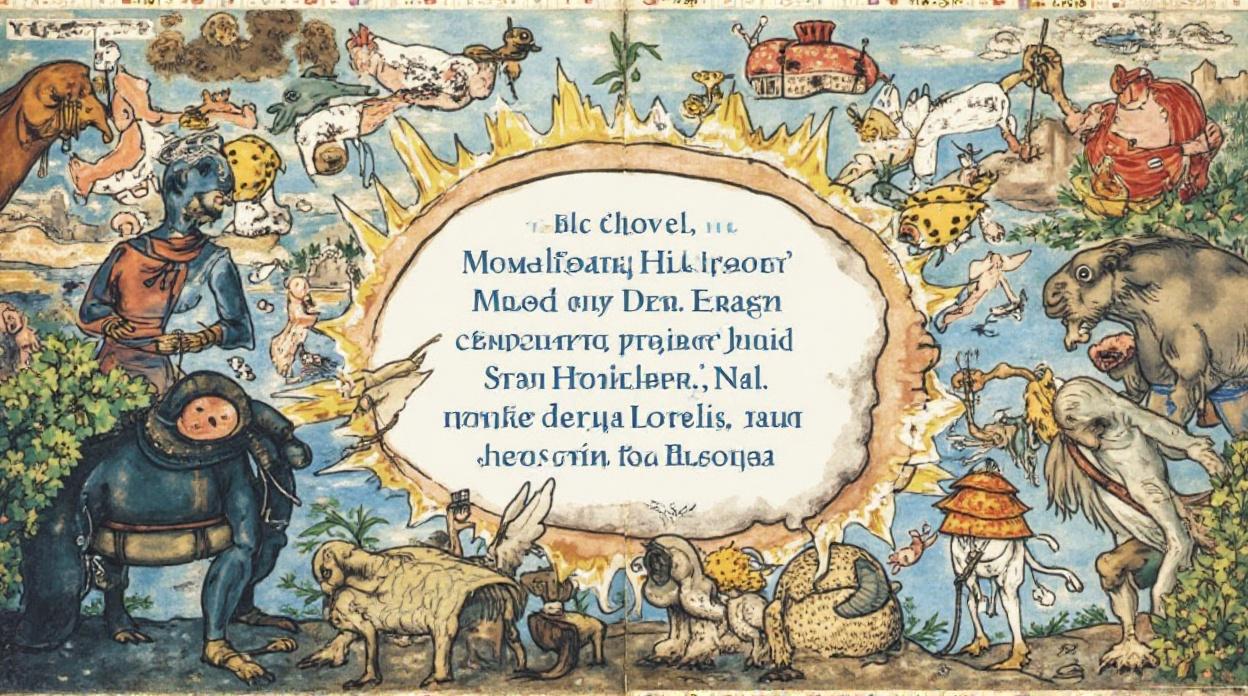
V. Chapter 4: Unearthing the Past - How We Know What We Know (and How We're Changing Our Minds)
Beyond the Textbook: New Ways of Looking at History:
History is not a static narrative, set in stone. It's a dynamic field, constantly evolving as new evidence emerges and new perspectives are brought to bear.
Historians are increasingly embracing a global perspective, connecting the dots across continents and recognizing the interconnectedness of human experience. They are also acknowledging the complexity of the past, moving beyond simplistic narratives to embrace the messy, tangled, beautiful braid of interactions that shaped our world.
New theoretical lenses – Marxism, feminist theory, environmental history, postcolonial theory – offer fresh insights into the past, challenging traditional interpretations and revealing hidden power dynamics. But is history truly objective? Or is it inevitably shaped by the perspectives and biases of those who write it? The answer, as always, is complicated.
Mind-Blowing Breakthroughs: Archaeology & Genetics:
Archaeology and genetics are revolutionizing our understanding of the past, providing new sources of evidence and challenging long-held assumptions.
The Out of Africa theory has been refined, revealing a more nuanced picture of human origins and migration patterns. Ancient DNA analysis is allowing us to literally read the genetic code of our ancestors, unlocking secrets about their relationships, their health, and their migrations.
We now know that *Homo sapiens* coexisted and even interbred with Neanderthals and Denisovans, leaving a genetic legacy that persists to this day. The discovery of new hominin species, such as *Homo naledi* and the Hobbit of Flores, Indonesia, has further complicated our understanding of human evolution.
Improved dating methods, 3D modeling, and the analysis of ancient hearths are providing ever more precise insights into the lives of our ancestors. We are beginning to see early humans not just as survivors, but as creators of art, inventors of complex tools (like rope!), and perhaps even as having more egalitarian gender roles than previously imagined.
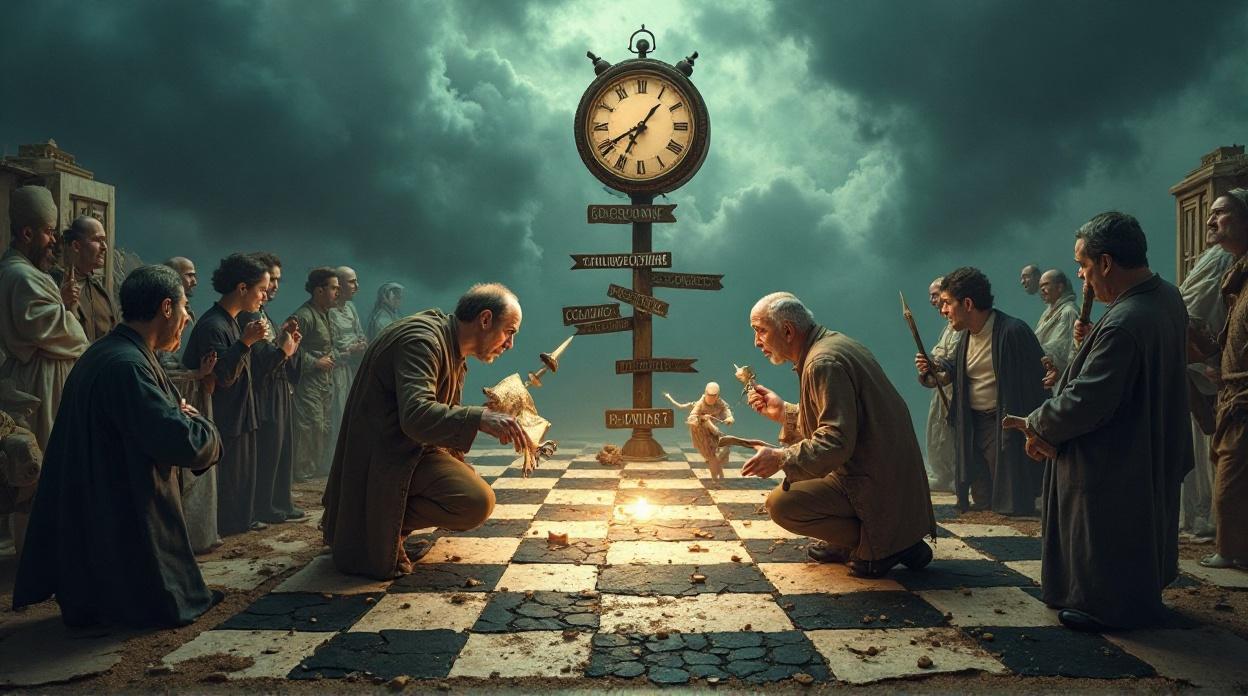
VI. Chapter 5: The History Wars - Debates That Keep Scholars Up at Night
Is History Objective? (Spoiler: Not Always!):
The question of objectivity in history is a perennial source of debate. Can historians ever truly escape their own biases and perspectives? Postmodernism challenges the very notion of objective truth, arguing that all narratives are subjective and influenced by power and culture.
Revisionist History – Good, Bad, or Just Necessary?
Revisionist history, the re-examination and reinterpretation of historical narratives, can be a healthy and necessary process, leading to a more nuanced and accurate understanding of the past. However, it can also be misused to distort facts for political purposes, as in the case of Holocaust denial.
Memory Lane or Minefield?
Personal memories and oral histories can provide valuable insights into the past, but they must be treated with caution. Memories are fallible and can be influenced by a variety of factors, making it essential to corroborate them with other sources.
The Greatest Hits (of Controversy):
History is full of contentious issues that continue to spark debate among scholars and the public. Was Columbus a heroic explorer or a harbinger of destruction? Were the atomic bombings of Hiroshima and Nagasaki a necessary evil or a war crime? Was the American Civil War primarily about slavery or states' rights? Were the Dark Ages really that dark? The causes of World War I, the Cold War, and countless other events are still debated and reinterpreted.
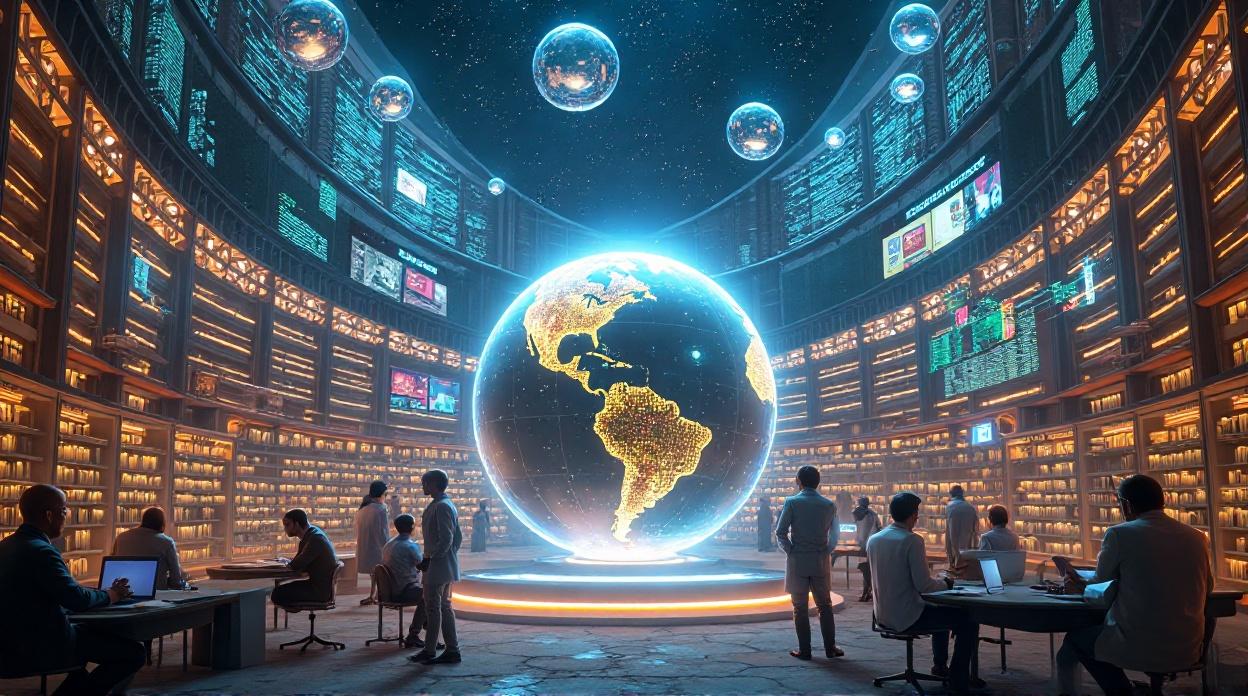
VII. Chapter 6: Crystal Ball Gazing - The Future of History Research
Tech Takes Over (in a Good Way!):
Technology is transforming the field of history, opening up new avenues of research and analysis. Digital humanities projects are creating online archives, building massive databases, and using text mining techniques to analyze vast amounts of historical data.
Artificial intelligence and machine learning are helping historians to sift through mountains of information, identify patterns, and even create virtual historical worlds. However, it's crucial to remember that AI is a tool, not a replacement for human judgment and critical thinking.
The Team Sport Approach: Interdisciplinary History:
Historians are increasingly collaborating with experts from other fields, such as geneticists, economists, climate scientists, and anthropologists, to gain a more holistic and interdisciplinary understanding of the past.
Sharing Is Caring: Democratizing History:
Digital tools are making history more accessible to a wider audience, empowering individuals to explore their own family histories, contribute to online archives, and engage in historical debates. Marginalized voices and untold stories are finally being brought to the forefront, enriching our understanding of the human experience.
New Skills for Future Historians:
Future historians will need to be skilled in evaluating deep fakes and fake news, even in historical sources. They will also need to be adept at scalable reading, blending the broad sweep of AI with the deep analysis of human insight.
History as a Science:
There is a growing movement towards adopting more rigorous, scientific methods in historical research, seeking to quantify evidence and test hypotheses in a more systematic way.
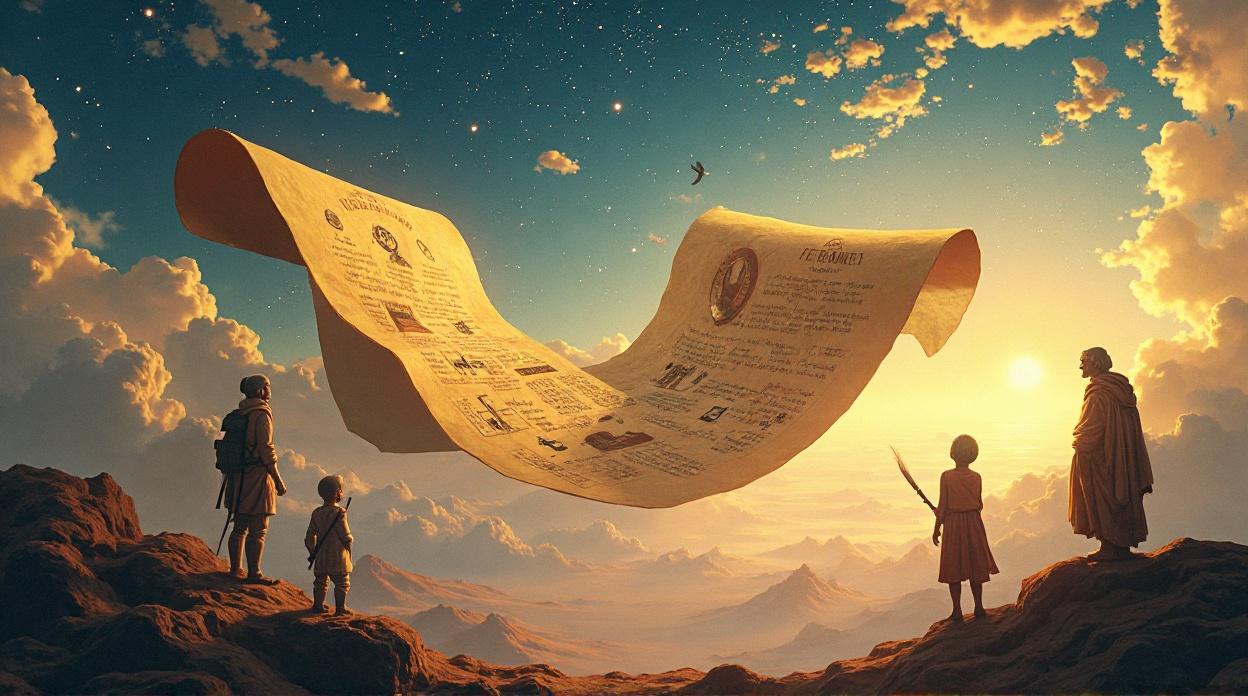
VIII. The Story Continues...
From humble beginnings to complex societies, human history is an endlessly fascinating, ever-evolving narrative. Understanding where we've been helps us understand who we are and where we're going. The story of us is far from over. It continues to unfold, day by day, with each new discovery, each new interpretation, each new generation that seeks to understand its place in the grand scheme of things.
Now, it's your turn. What historical period fascinates you most? What big questions do you have about humanity's past? Share your thoughts and questions in the comments below. Let's continue the conversation and explore the epic saga of us together.
Leave a comment
Your email address will not be published. Required fields are marked *












